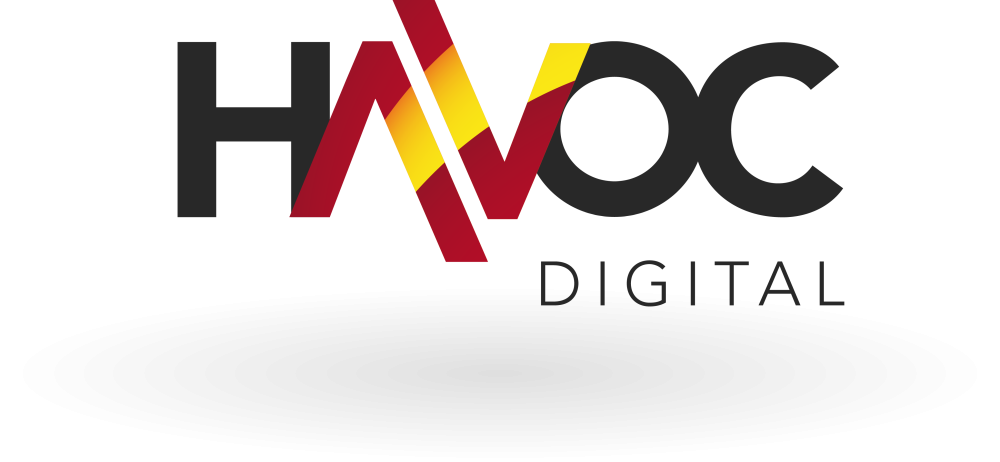Why Opt for SEO Services in 2023
A Decade of Evolution – SEO Services
[Updated May 2023] –
The landscape of digital marketing and search engine optimisation (SEO) has evolved significantly since June 2013.
As we approach 2024 and beyond, the reasons to opt for SEO services have only become more compelling.
Here’s an expanded and deeper perspective on the subject:
1. Increased online competition
Over the years, the number of businesses operating online has grown exponentially.
With the proliferation of e-commerce and digital platforms, the competition for online visibility and customer attention has intensified. SEO services help businesses stand out amidst this competition by improving their organic search rankings, increasing visibility, and driving targeted traffic to their websites.
Some statistical data points that highlight the increased online competition:
1.2 The number of businesses operating online: According to Statista, as of 2020, there were over 20 million e-commerce companies globally. This number has been steadily increasing as more businesses recognize the importance of an online presence.
1.3 E-commerce platforms: Some popular e-commerce platforms that have contributed to the rise in online businesses include:
a. Shopify: As of 2021, Shopify hosted over 1.7 million businesses worldwide on its platform.
b. WooCommerce: This WordPress plugin powers over 5 million active online stores, accounting for around 28% of all e-commerce websites.
c. Magento: Magento, an open-source e-commerce platform, is used by over 250,000 businesses globally.
1.4 Global online retail sales: Online retail sales have been steadily increasing over the years. In 2020, global e-commerce sales amounted to $4.28 trillion, and this number is projected to reach $5.4 trillion by 2022, according to eMarketer.
1.5 Small businesses going online: The COVID-19 pandemic has accelerated the digital transformation of small businesses. According to a survey by McKinsey & Company, around 85% of small businesses reported that they have accelerated their digital adoption since the pandemic started.
These statistics demonstrate the significant growth in the number of businesses operating online and the competitiveness of the e-commerce landscape.
As more businesses join the online sphere, the importance of SEO services becomes crucial to stand out, improve search visibility, and attract targeted traffic amidst this fierce competition.
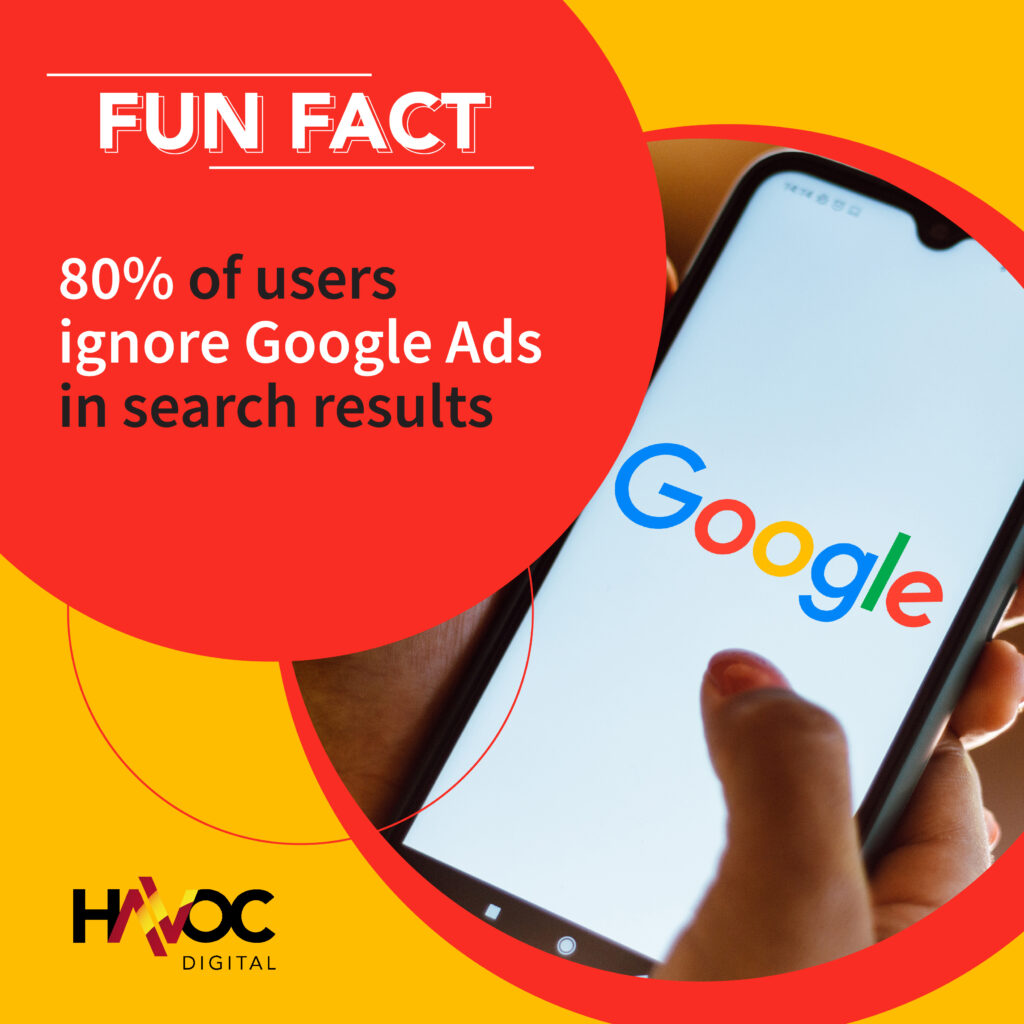
2. Evolving search engine algorithms
Search engines, especially Google, have continually refined their algorithms to deliver the most relevant and high-quality search results.
This evolution has brought about changes in SEO techniques, emphasizing factors like user experience, mobile-friendliness, site speed, and secure browsing.
SEO services keep businesses updated with the latest algorithmic changes and help optimise their websites accordingly to maintain or improve their search rankings.
Specific algorithmic changes made by Google:
2.1 Google Penguin: Google Penguin was first introduced in April 2012 and aimed to combat manipulative link-building practices. Its focus was on penalizing websites that engaged in spammy link building tactics, such as buying links or participating in link schemes. The algorithm update targeted low-quality backlinks and impacted the ranking of websites that violated Google’s guidelines. Penguin updates have continued to roll out periodically, with the last confirmed update happening in September 2016.
2.2 Google Panda: Google Panda, launched in February 2011, focused on identifying and penalising websites with low-quality content or excessive advertising. Panda sought to prioritise websites that offered valuable, original, and user-friendly content. The algorithm update aimed to address content farms and sites with thin, duplicate, or poor-quality content. Panda updates have been integrated into Google’s core algorithm, meaning it now operates in real-time and is continuously updated.
2.3 Google Hummingbird: In September 2013, Google introduced Hummingbird, a major algorithm update that aimed to enhance the understanding of search queries and provide more relevant search results. Hummingbird focused on understanding user intent behind search queries, including long-tail and conversational queries. This update emphasised the importance of semantic search and contextually relevant content.
2.4 Google RankBrain: RankBrain, introduced in October 2015, is an AI-based algorithmic component that assists Google in processing and understanding search queries. It uses machine learning to analyse patterns and interpret the meaning behind search queries that it hasn’t encountered before. RankBrain helps Google provide more accurate search results by understanding user intent and context.
2.5 Mobile-first Indexing: With the exponential growth of mobile users, Google introduced mobile-first indexing in March 2018. This shift means that Google primarily uses the mobile version of a website’s content for indexing and ranking. Mobile optimisation has become crucial, as websites that provide a seamless mobile experience tend to rank higher in search results.
2.6 Core Updates: Google regularly releases broad core algorithm updates that can impact search rankings and visibility. These updates aim to improve the overall relevance, quality, and user experience of search results. Examples of significant core updates include the “Medic” update in August 2018, which affected health and medical websites, and the “BERT” update in October 2019, which focused on improving natural language understanding and context in search queries.
It’s important to note that Google makes hundreds of smaller algorithm updates each year, along with the larger updates mentioned above.
These updates reflect Google’s ongoing effort to refine search results, combat spam, prioritise user experience, and adapt to changing search trends and user behavior.
SEO services play a crucial role in staying informed about these algorithmic changes, adapting strategies accordingly, and ensuring websites align with Google’s guidelines to maintain or improve their search rankings.
3. Mobile dominance and voice search
The proliferation of smartphones and the increasing reliance on mobile devices for online activities have transformed user behaviour.
Mobile optimisation and a strong mobile presence are crucial for success in today’s digital landscape.
SEO services focus on optimising websites for mobile devices, ensuring responsive design, fast loading times, and an excellent user experience.
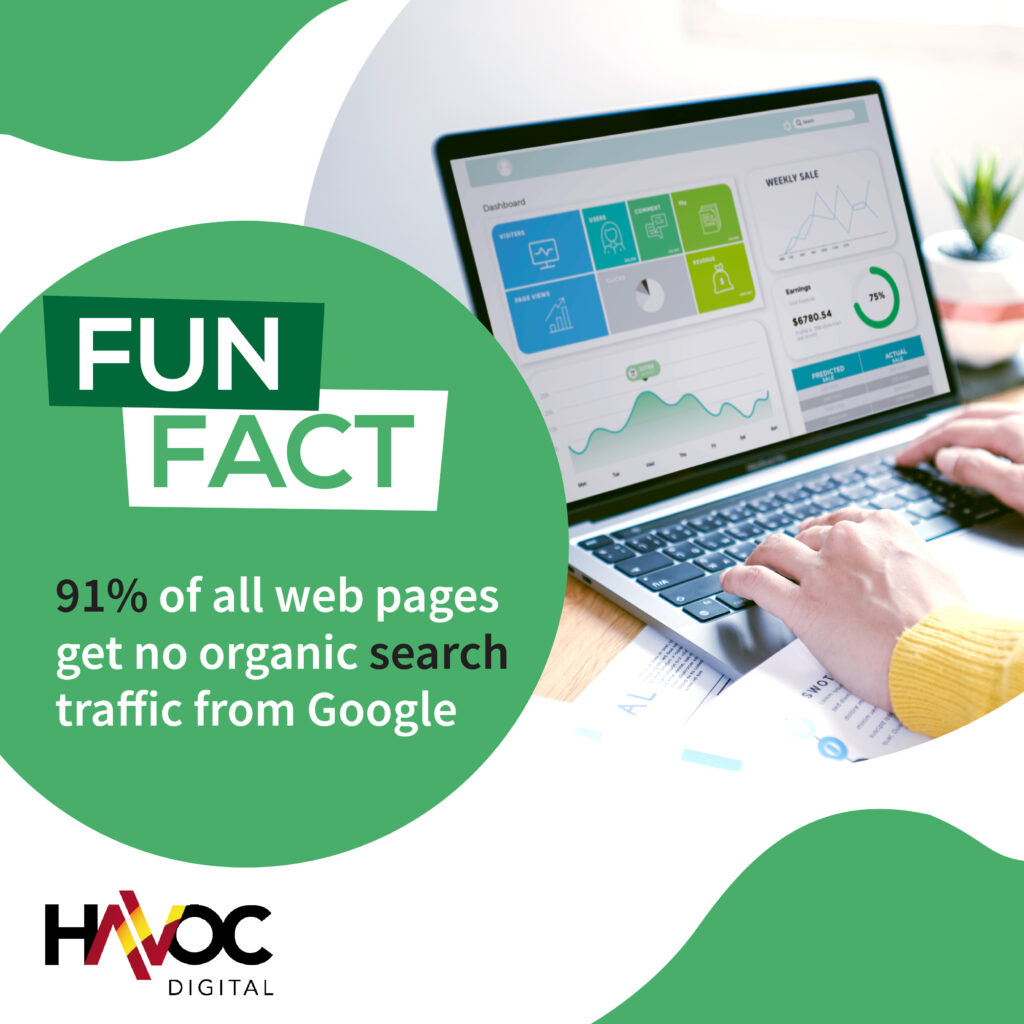
Additionally, the rise of voice search has introduced new optimisation opportunities, with SEO professionals helping businesses adapt their strategies to capture voice-based queries effectively.
Here is statistical data that expands on the dominance of mobile and the rise of voice search:
3.1. Mobile Internet Usage:
– As of April 2021, there are 5.27 billion unique mobile internet users worldwide, accounting for 67.2% of the global population. (Source: Datareportal)
– Mobile devices generate over 50% of all global website traffic. (Source: Statista)
– In 2021, mobile devices accounted for approximately 55.73% of total website traffic worldwide. (Source: StatCounter)
– 90% of mobile users access the internet daily, with the average user spending 3 hours and 10 minutes on mobile internet activities per day. (Source: Datareportal)
3.2 Growth of Mobile E-commerce:
– Mobile e-commerce sales accounted for 73.9% of total e-commerce sales worldwide in 2021. (Source: Statista)
– In the United States, mobile commerce is projected to reach $432.38 billion in sales by the end of 2022. (Source: eMarketer)
– By 2023, mobile commerce sales are expected to surpass $3.56 trillion globally. (Source: Statista)
3.3 Voice Search Adoption:
– In 2021, there were an estimated 3.8 billion voice assistant devices in use globally. (Source: Statista)
– Voice-enabled smart speakers, such as Amazon Echo and Google Home, are owned by around 26.2% of the U.S. adult population. (Source: Voicebot)
– Voice search is expected to account for 50% of all searches by 2022. (Source: Microsoft)
– About 58% of consumers have used voice search to find information about local businesses in the last year. (Source: BrightLocal)
3.4 Local Search and Mobile:
– 46% of all Google searches have local intent. (Source: HubSpot)
– 76% of people who search for something nearby on their smartphones visit a related business within a day, and 28% of those searches result in a purchase. (Source: Think with Google)
These statistics highlight the dominance of mobile devices in internet usage, the increasing significance of mobile commerce, the widespread adoption of voice assistant devices, and the importance of optimising for local search.
Businesses that leverage SEO services to optimise their websites for mobile devices and voice search can effectively capture a growing mobile audience, improve user experience, and tap into the expanding realm of voice-activated search queries.

4. Local SEO and “near me” searches
The prominence of local search has grown significantly in recent years. People increasingly use search engines to find products, services, and businesses near their location.
Local SEO services have become essential for brick-and-mortar businesses and service-based industries to improve their visibility in local search results and attract nearby customers.
Statistical data that expands on the importance of local SEO and “near me” searches:
4.1 “Near Me” Searches:
– “Near me” searches have witnessed significant growth, with Google reporting a 500% increase in such searches between 2015 and 2017. (Source: Think with Google)
– According to a study by Uberall, “near me” searches accounted for 82% of all online searches with local intent. (Source: Uberall)
– 76% of people who conduct a local search on their smartphones visit a related business within a day, and 28% of those searches result in a purchase. (Source: Think with Google)
– The top “near me” search categories include food, coffee, and hotels. (Source: Google)
– 82% of smartphone users use a search engine when looking for a local business. (Source: Google)
4.2 Local Search and Purchase Behavior:
– 72% of consumers who perform a local search visit a store within five miles of their location. (Source: HubSpot)
– 28% of local searches result in a purchase. (Source: GoGulf)
– 88% of consumers trust online reviews as much as personal recommendations when considering a local business. (Source: BrightLocal)
– 86% of people look up the location of a business on Google Maps. (Source: Google)
– 93% of local searches now feature Google’s Local Pack, which displays local business listings. (Source: Moz)
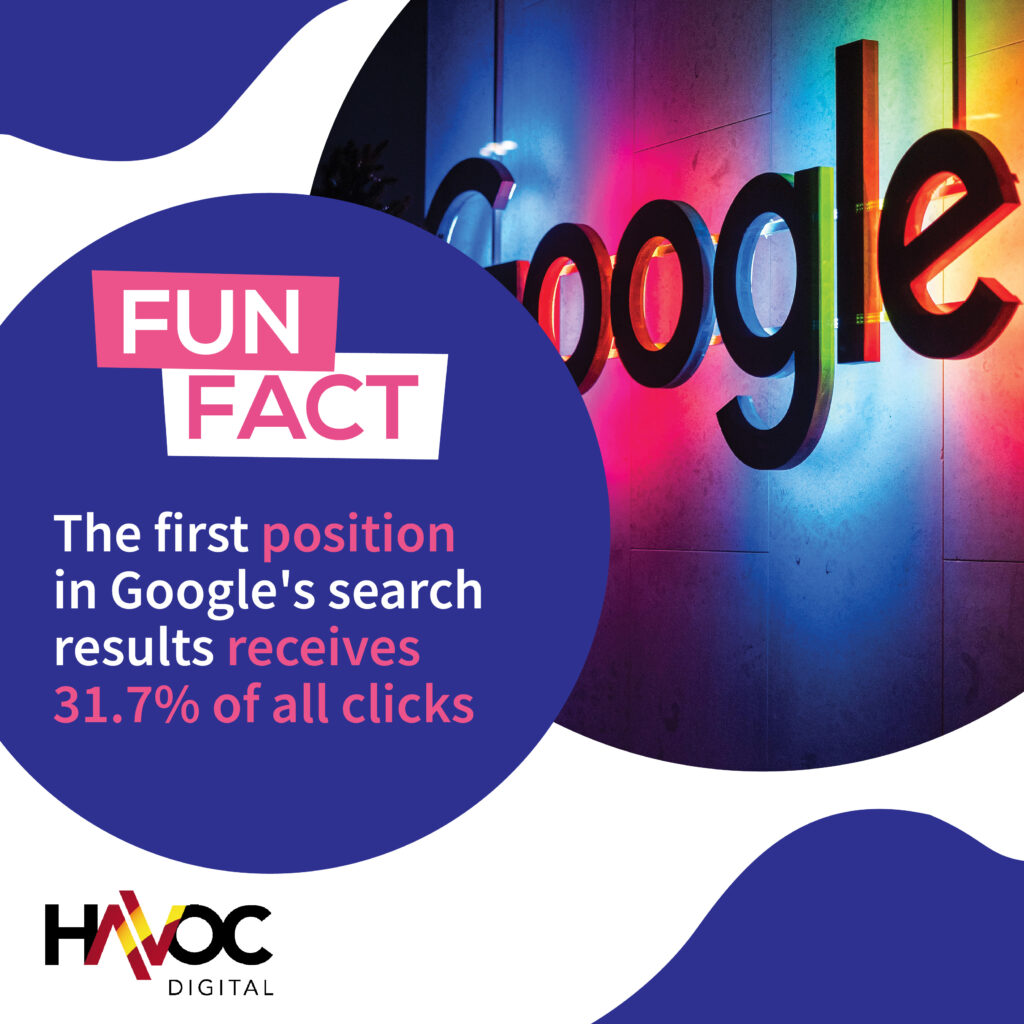
4.3 Importance of Local SEO:
– 46% of all Google searches have local intent. (Source: HubSpot)
– 82% of smartphone shoppers conduct “near me” searches before making a purchase. (Source: Think with Google)
– 50% of consumers who conducted a local search on their smartphone visited a store within a day, and 18% of those searches led to a purchase within a day. (Source: Google)
– 61% of mobile searchers are more likely to contact a local business if they have a mobile-friendly site. (Source: Google)
– 29% of Google search queries are related to location. (Source: Search Engine Land)
These statistics demonstrate the significant impact of local search and “near me” searches on consumer behavior and the importance of optimising for local SEO.
Businesses that focus on local SEO strategies, such as creating and optimizing Google My Business listings, managing online reviews, and incorporating location-specific keywords, can enhance their visibility in local search results, attract nearby customers, and drive conversions.
5. Content and user intent
High-quality, relevant, and engaging content has always been a cornerstone of SEO. However, search engines now place more emphasis on content that matches user intent and provides value to the audience.
SEO services assist businesses in developing effective content strategies, optimizing on-page elements, and conducting keyword research to create content that resonates with their target audience and ranks well in search engine results.
the importance of content and user intent in SEO, along with some statistical data and examples:
5.1 User Intent and Search Queries:
Understanding user intent is crucial for delivering relevant content. In a study by Moz, it was found that 8% of search queries are informational, 19% are navigational, and a significant 73% are transactional or commercial in nature.
– Long-tail keywords and specific search queries often indicate user intent. For example, a search query like “best budget smartphones under $500” indicates the user’s intent to find product recommendations within a specific budget range.

5.2 Content Quality and Rankings:
High-quality, informative, and relevant content is essential for SEO success. According to a study by Backlinko, the average word count of top-ranking content on Google’s search results is around 1,890 words.
– Backlinko’s analysis also found that pages with longer content tend to rank higher in search results. However, it’s important to note that the length of content alone does not guarantee higher rankings. The content must also provide value and address the user’s query comprehensively.
5.3 Featured Snippets and User Intent:
Featured snippets are selected search results that are displayed at the top of Google’s search results, providing users with concise answers to their queries. According to Ahrefs, 12.3% of search queries have featured snippets.
– Optimising content to appear in featured snippets can significantly increase visibility and drive organic traffic. Understanding user intent and crafting content that directly addresses common questions or provides succinct answers improves the chances of earning a featured snippet position.
5.4 Personalised Search Results:
Search engines, like Google, increasingly prioritise personalised search results based on user behaviour and preferences. Google considers factors such as search history, location, and device usage to deliver personalised search experiences.
– Personalisation emphasises the need for businesses to understand their target audience’s preferences, interests, and search behaviour. Creating content that aligns with user preferences and caters to their needs improves the chances of appearing in personalised search results.
5.5 User Engagement Metrics:
User engagement metrics, such as bounce rate, time on page, and click-through rates, are indicative of how well content meets user intent. Higher engagement metrics suggest that the content is relevant and valuable to users, which can positively impact search rankings.
– For example, a study by Searchmetrics found that web pages with a low bounce rate and high time on page tend to rank higher in search results.
By focusing on user intent, creating high-quality content that addresses specific queries, and optimising for user engagement, businesses can enhance their SEO efforts. Aligning content with user intent not only improves search rankings but also delivers a better user experience and drives more targeted organic traffic to websites.
6. Data-driven insights and analytics
The availability of data and advanced analytics tools has revolutionized the way SEO professionals measure and optimize their strategies.
SEO services leverage data analysis to gain insights into user behavior, track website performance, identify areas for improvement, and refine SEO tactics accordingly.
This data-driven approach helps businesses make informed decisions and maximise the effectiveness of their SEO efforts.
insights on the importance of data-driven insights and analytics in SEO:
6.1 Keyword Analysis and Optimisation:
Analysing keyword data can help identify valuable keywords with high search volume and low competition. This enables businesses to optimise their content and target relevant keywords that have the potential to drive organic traffic.
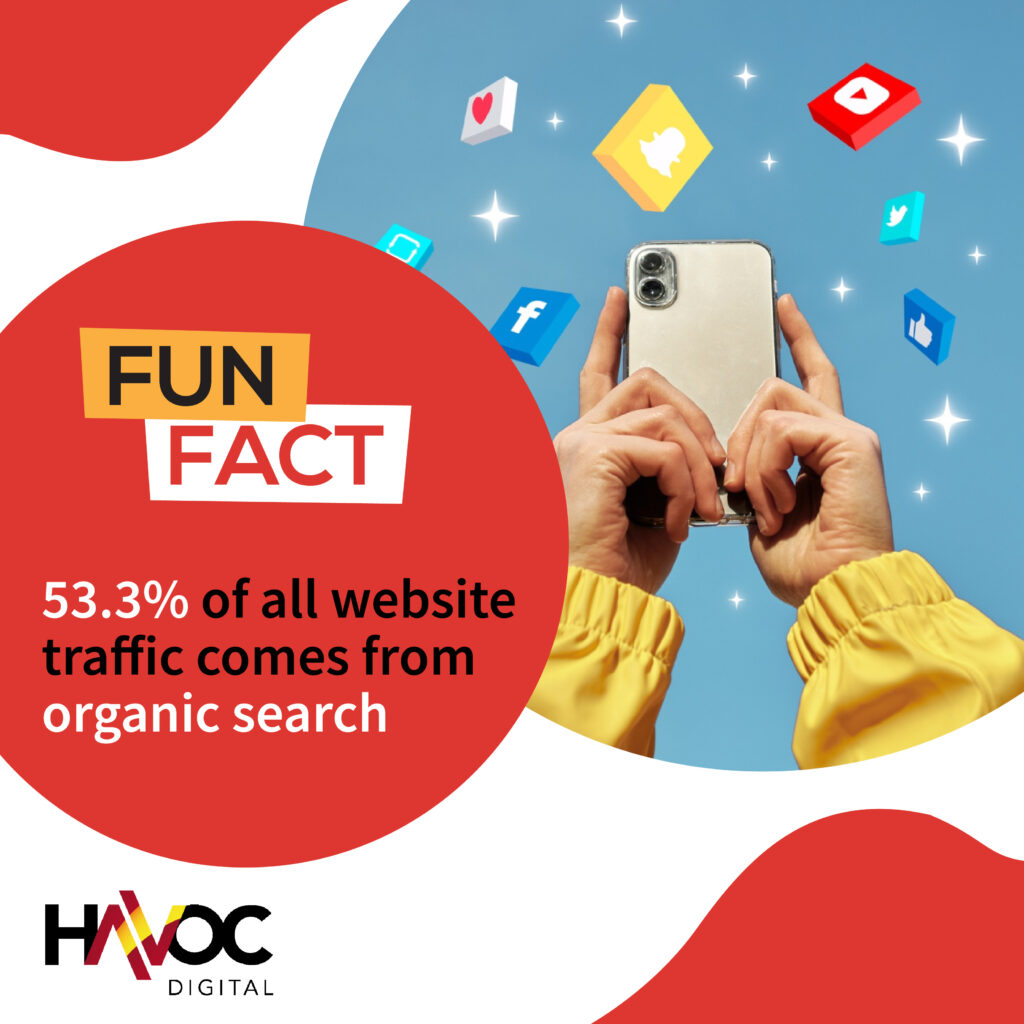
– By analysing keyword performance and tracking keyword rankings, businesses can refine their SEO strategies, identify new keyword opportunities, and make data-driven decisions to improve their search visibility.
6.2 Website Performance and User Experience:
Analyzing website performance metrics, such as page load speed, bounce rate, and time on page, provides insights into the user experience and helps identify areas for improvement.
– By monitoring and analysing user behaviour through tools like Google Analytics, businesses can gain insights into how users navigate their website, which pages are most engaging, and where they may encounter obstacles or drop-off points.
These insights can be used to optimise website design, content layout, and navigation, leading to better user experiences and increased conversions.
6.3 Backlink Analysis and Link Building:
Analyzing backlink data provides insights into the quality and quantity of backlinks pointing to a website. This helps in identifying authoritative sources, understanding link acquisition strategies of competitors, and uncovering potential link building opportunities.
– By analysing backlink profiles, businesses can identify toxic or low-quality backlinks that may be harming their search rankings. This allows them to take appropriate action, such as disavowing those links, to improve their backlink profile.
6.4 Content Performance and Optimisation:
Analysing content performance metrics, such as page views, social shares, and conversion rates, provides insights into the effectiveness of content marketing efforts.
– By identifying top-performing content, businesses can understand the types of content that resonate with their audience and replicate that success in future content creation. Data-driven insights can guide content optimisation strategies, including identifying gaps in content, optimising for target keywords, and improving engagement metrics.
6.5 Conversion Tracking and ROI Analysis:
Analyzing conversion tracking data helps businesses measure the effectiveness of their SEO campaigns and calculate return on investment (ROI).
– By setting up conversion tracking and analysing conversion metrics, businesses can understand which SEO strategies and channels are driving valuable actions, such as form submissions, purchases, or lead generation. This allows them to allocate resources effectively and optimise their SEO efforts for maximum ROI.
These data-driven insights and analytics enable businesses to make informed decisions, refine their SEO strategies, and allocate resources effectively.
By leveraging data, businesses can gain a competitive advantage, optimise their SEO efforts, and drive meaningful results for their online presence.
7. Integration of SEO with other digital marketing channels
SEO is no longer a standalone strategy but an integral part of a comprehensive digital marketing approach.
SEO services now encompass various elements such as social media optimization, online reputation management, content marketing, and paid advertising.
By integrating SEO with other channels, businesses can create a cohesive online presence, improve brand visibility, and drive overall marketing success.
The integration of SEO with other digital marketing channels:
7.1 Content Marketing and SEO:
Integrating SEO with content marketing helps improve search visibility and organic traffic. By optimising content for target keywords, businesses can attract relevant organic traffic and increase their chances of ranking higher in search engine results.
– For example, creating high-quality blog posts, articles, and informative guides with SEO in mind can drive organic traffic to a website, increase brand visibility, and establish thought leadership in a specific industry or niche.
7.2 Social Media Marketing and SEO:
Integrating SEO with social media marketing can enhance brand visibility, increase website traffic, and improve search rankings. Sharing optimized content on social media platforms can generate backlinks, social signals, and engagement, which are important ranking factors for search engines.
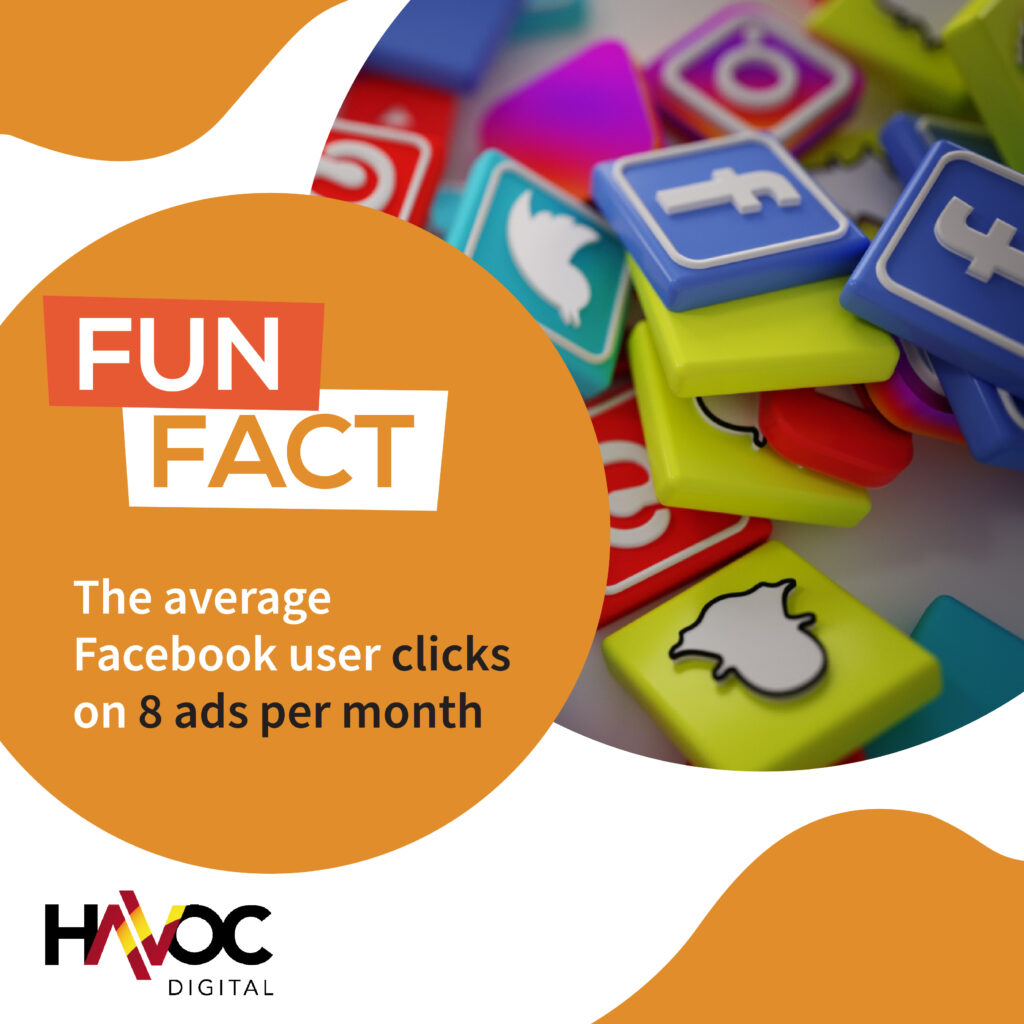
– For instance, by promoting blog posts or product pages through social media channels, businesses can attract social shares, engagement, and referral traffic, which can ultimately contribute to improved search rankings.
7.3 Pay-Per-Click (PPC) Advertising and SEO:
Combining PPC advertising with SEO can provide synergistic benefits. By identifying high-performing keywords through PPC campaigns, businesses can optimise their organic search strategies and allocate resources to target keywords that generate the most conversions.
– Additionally, PPC ads can help increase brand visibility and drive immediate traffic while waiting for SEO efforts to gain traction and improve organic rankings.
7.4 Email Marketing and SEO:
Integrating email marketing with SEO involves leveraging email campaigns to promote optimised content, attract backlinks, and increase website traffic. By including links to relevant blog posts or landing pages in email newsletters, businesses can drive traffic to their website and potentially improve search rankings.
– For example, sending out a weekly newsletter that highlights recent blog posts or offers exclusive content can encourage subscribers to visit the website, engage with the content, and share it with others, thereby potentially enhancing SEO efforts.
7.5 Influencer Marketing and SEO:
Integrating influencer marketing with SEO involves partnering with influencers to promote products, services, or content. Influencers can help generate brand mentions, backlinks, and social signals, all of which positively impact search rankings.
– By collaborating with influencers who have a significant following and authority in a particular industry or niche, businesses can increase their brand visibility, reach a wider audience, and potentially earn valuable backlinks from high-quality websites.
These examples demonstrate how integrating SEO with other digital marketing channels can create a holistic approach to online marketing.
By aligning efforts across multiple channels, businesses can amplify their reach, improve brand visibility, and drive both short-term and long-term results.
In conclusion, opting for SEO services in 2023 is more critical than ever. The evolving digital landscape, increased competition, changing search algorithms, and the need for mobile optimisation all highlight the importance of SEO in driving organic visibility, targeted traffic, and business growth.
With the expertise and guidance of SEO professionals, businesses can navigate these challenges, stay ahead of the competition, and capitalize on the vast opportunities offered by the online world.
Why Opt for SEO Services?
Original Article Published: 25th June 2013
Online Marketing and SEO Services by the Professionals, If you need to be found online, or want to increase your online leads, contacts, and sales, our Internet marketing and SEO specialists can help.
Our SEO Consultants deliver proven results. Rank on the first page of Google, Yahoo, and Bing with our professional search engine optimization services.
Increase traffic and sales for your business with Havoc Digital – the leader in SEO Services, Pay Per Click Management, Social Media, and Online Marketing.
With the advancement of technology and the dawn of the Internet age, perhaps survival over the Internet has become as important as the survival of a company in the physical market.
Apart from the physical market, an entirely new marketplace has originated and grown at a much faster pace than the former one. One way through which a company can gain a competitive edge in this electronic marketplace is through search engine optimization.
This is a contemporary phenomenon, which revolves around increasing a website’s visibility. It is through a website, that a company is able to maintain somewhat of a physical presence on the World Wide Web. Without a website, a company cannot as conveniently offer its services to the masses globally or locally.
So how can one make sure that their company is most visited by audiences throughout the world and down the street?
Get to know a little about the SEO services that Havoc Digital has to offer to our clients that will help your business reach the top online.
Ben Miranda

